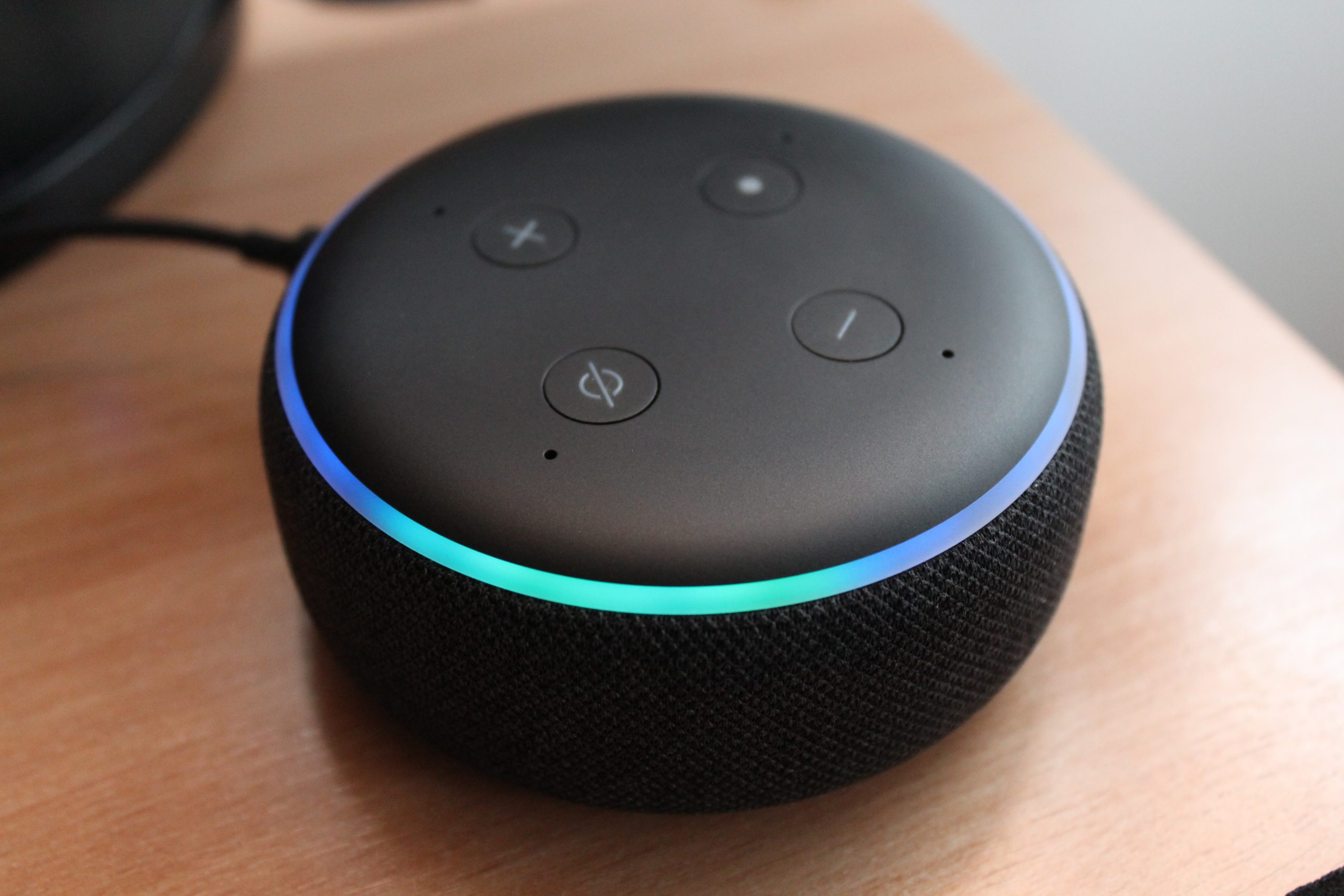Space mining plans already exist, but it will not be simple – 05/06/2022
5 min read

Like Earth, planetary bodies such as the Moon and Mars, asteroids, and comets contain large deposits of valuable resources. This has caught the attention of researchers and industry alike, with the hope that one day they will be mined as a way to fuel the space economy.
But setting up any kind of offshore mining industry will not be easy. Let’s take a look at what we’re up against.
Local use of resources
When you think of extraterrestrial mining, you can imagine extracting materials from different objects in space and bringing them to Earth. But this is unlikely to be the first commercially viable example.
If we want to establish a permanent human presence on the Moon, as NASA (the US National Aeronautics and Space Administration) has proposed, we will need to resupply the astronauts who live there. Resources such as water can only be recycled to a certain extent.
At the same time, the release of resources from the ground is very expensive. In 2018, launching one kilogram of material into low Earth orbit cost about $2,560, and more than that to launch it higher or all the way to the moon. Most likely, space-mined materials will be used in space to help save these costs.
Collecting materials needed on site is called “in situ resource use.” It can include anything from ice mining to soil gathering to building structures. NASA is currently exploring the possibility of building buildings on the Moon with 3D printers.
Space mining can also transform satellite management. Current practice is to de-orbit satellites after 10 to 20 years, when they run out of fuel. A lofty goal for space companies like Orbit Fab is to design the kind of satellite that can be refueled using propellants collected in space.
Even for satellites in low Earth orbit, the energy required to reach them from the Moon is less than that required to reach them from Earth.
What resources are there?
When it comes to offshore mining opportunities, few resources are abundant and valuable. Some asteroids contain huge amounts of iron, nickel, gold and platinum group metals, which can be used in construction and electronics.
The lunar regolith (rock and soil) contains helium-3, which could become a valuable resource in the future if nuclear fusion becomes viable and widespread. British company Metalysis has developed a process that can extract oxygen from the lunar regolith.
There is an expectation of ice on the moon’s surface, in permanently shaded craters near its poles. We also think that there is ice under the surface of Mars, on asteroids and comets. This can be used to support life or to break it down into oxygen and hydrogen, then use it as a propellant.
How can we do space mining?
My (Michael) Ph.D. It involved testing how exploration techniques work on the Moon and Mars. Our other work has included economic models of ice mining on Mars and computer models of tunnel stability on the Moon.
Some of the proposals for off-site mining are similar to mining on land. For example, we can extract lunar regolith using a bucket wheel excavator or mine an asteroid using a tunnel boring machine.
Other proposals are less common, such as using a vacuum-like machine to pull the regolith through a tube (used to a limited extent in digging the ground).
Researchers from the University of New South Wales (UNSW) and the Australian National University have proposed the use of biomining. In this process, the bacteria entering the asteroid consume certain substances and produce gas, which can then be collected by a probe.
There are still huge challenges
Our work at the Australian Center for Space Engineering Research at the University of New South Wales includes finding ways to reduce risk in the space resource industry. Needless to say, there are many technical and economic challenges.
The same launch costs that make many eager to start mining from the ground also make acquiring mining equipment in space expensive as well. Mining operations need to be as light as possible to be cost-effective (or even viable).
Also, the farther something is from Earth, the longer it takes to reach it. There is a “delay” of up to 40 minutes to send a command to the Mars probe and see if it was successful.
The moon has a communication delay of only 2.7 seconds and it may be easier to prospect from a distance. NEOs also have Earth-like orbits and sometimes pass Earth at distances similar to the Moon. They are ideal candidates for mining because they require very little energy to get there and back.
Extraterrestrial mining must be largely automated, or remotely controlled, given the additional challenges of sending humans into space, such as the need to support life, avoid radiation, and additional launch costs.
But even on-the-ground mining systems are not fully automated. The robots will need to improve before asteroids can be mined.
Although the spacecraft have landed on asteroids multiple times and even collected samples, which were brought to Woomera, South Australia, during the Hayabusa 1 and 2 missions, our success rate for landing on asteroids and comets remains low.
In 2014, the Philae probe was sent to comet 67P/Churyumov/Gerasimenko, where it fell into a crater in a failed landing attempt.
There are also environmental considerations. Space mining can help reduce the amount of mining needed on Earth. But that’s only if off-shore mining results in fewer missile launches, not more, or if resources can be brought in and used on Earth.
While collecting resources in space may mean not having to launch them from Earth, more launches could inevitably occur as the space economy grows.
Then there is the question of whether the proposed mining techniques will succeed in space environments. Different planetary bodies have different (or none) atmospheres, gravity, geology, and electrostatic environments (for example, they may have an electrically charged Earth due to particles from the Sun).
How will these conditions affect extraterrestrial operations?
But the work is in progress
Although many companies are still in their infancy, they are currently developing technologies for extraterrestrial mining, exploration of space resources, and other uses in space.
Space Mining Canada is developing the infrastructure needed to support life in space, including oxygen generators and other machines.
The American company OffWorld is developing industrial robots for operations on Earth, the Moon, asteroids and Mars. Asteroid Mining Corporation is also creating a market for space resources.
media statement
Michael Delo Iakovo is affiliated with the Animal Justice Party and the Sentines Institute.
Serkan Saidam receives funding from ARC, ACARP, CRC-P, ESA, and the Australia-Korea Foundation. It is affiliated with the University of New South Wales, Sydney (Australian Center for Space Engineering Research) and the School of Mineral Resources and Energy Engineering, the Planetary Rock Mechanics Committee of the International Society of Rock Mechanics, the Society of Mining Professors and Member of AusIMM, Member of AeEe, Australian Engineers, Australian Society of Geomechanics and AIAA.
Michael Dello-Iacovo, Casual Academic, University of New South Wales, Sydney
Serkan Sidam, Mining, Mining in the Future, Mining Systems, University of New South Wales, Sydney

“Musicaholic. Thinker. Extreme travel trailblazer. Communicator. Total creator. Twitter enthusiast.”



